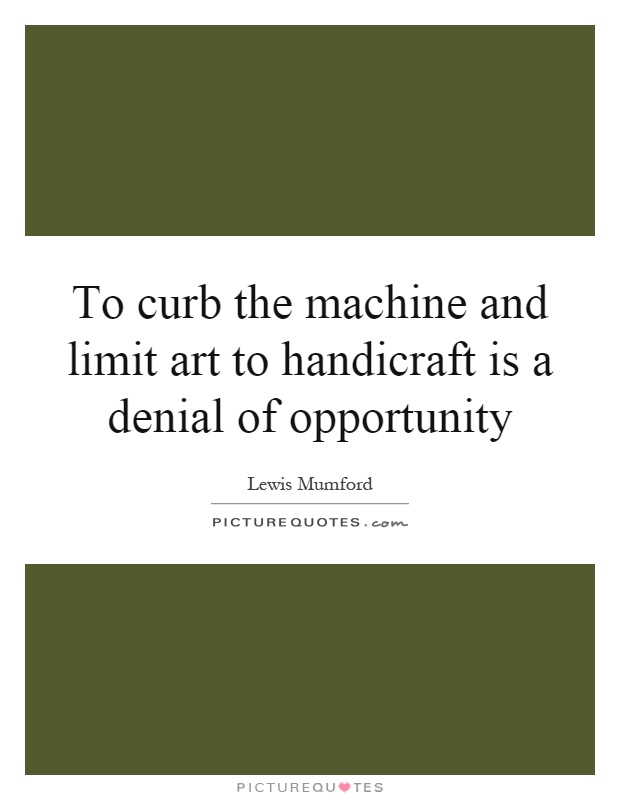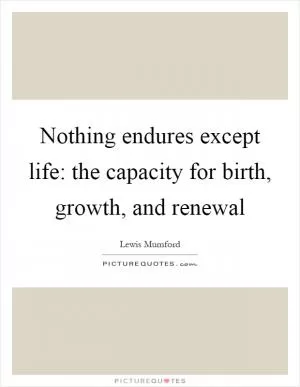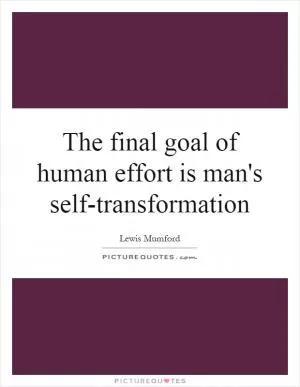To curb the machine and limit art to handicraft is a denial of opportunity

To curb the machine and limit art to handicraft is a denial of opportunity
Lewis Mumford was a prominent American historian, sociologist, and philosopher who was known for his writings on technology, urban planning, and architecture. One of his key beliefs was that the machine should not be seen as a hindrance to art, but rather as a tool that can enhance creativity and innovation. Mumford argued that limiting art to handicraft, or traditional methods of creating art by hand, was a denial of the opportunities that technology and machinery could provide.Mumford believed that the machine could be a powerful tool for artists and craftsmen, allowing them to create new and innovative works that were not possible through traditional methods alone. He saw the machine as a means of expanding artistic possibilities and pushing the boundaries of what could be achieved in art and design. By embracing technology and machinery, artists could explore new materials, techniques, and forms that would not have been possible otherwise.
Mumford also believed that the machine could democratize art and make it more accessible to a wider audience. By using machinery to mass-produce art and design, artists could reach a larger audience and make their work more affordable and widely available. This, in turn, could help to democratize art and break down barriers to entry for aspiring artists and craftsmen.












 Friendship Quotes
Friendship Quotes Love Quotes
Love Quotes Life Quotes
Life Quotes Funny Quotes
Funny Quotes Motivational Quotes
Motivational Quotes Inspirational Quotes
Inspirational Quotes